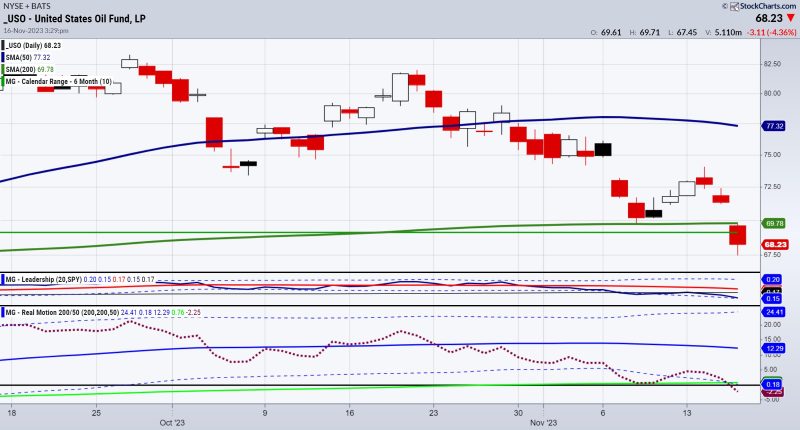“Strike Oil: Buy When There’s Blood in the Streets!

The current state of the oil market has been a sight to behold with prices hitting lows not seen since the 80s. Prices have fallen from $64.99 to $30.96 within the past 6 months – a staggering 52.37% decrease. The cause of this rapid decline lies in a surge in global oil production combined with a drastic decrease in demand due to the recent pandemic.
Some investors view this opportunity as the “blood in the streets” with an opportunity to purchase oil at a discount only seen during times of crisis. For those brave enough to go against the grain and add oil to their portfolios, they may be rewarded with long-term gains by locking in a cheap entry price when prices rebound.
If one chooses to buy into the oil market, there is a wide range of strategies investors may consider. Long-term investors may choose to purchase oil-related ETFs that track the price movement of oil and gas related companies, or more direct options such as purchasing oil futures contracts. This option may be more risky as it requires investors to effectively guess the future price of oil. Alternatively, they may also go with a merger or acquisition strategy, investing in companies that deal in oil-related services or production (drillers, refiners, etc.).
Regardless of which strategy one chooses to pursue, investors should keep a few key things in mind. The first is to complete detailed due diligence on any investments they consider making. As with any investment, there is inherent risk regardless of the commodity or industry being considered.
Second, investors should account for the potential volatility of this market due to the tremendous swings seen in the past year. It is important to understand that this market is rarely predictable and that can lead to massive risks if one engages in too much leverage.
Finally, investors should always be prepared to exit an investment with at least some of the potential profit they set out to gain. In order to secure profits, investors should consider exiting a position when the market shows significant signs of a recovery.
Ultimately, the decision to invest in oil requires investors to look at the current and future state of the industry, know their risk tolerance, and identify their exit strategy. By following these steps, investors can benefit from the stability of oil prices and still potentially make a tidy sum during these turbulent times.
The current state of the oil market has been a sight to behold with prices hitting lows not seen since the 80s. Prices have fallen from $64.99 to $30.96 within the past 6 months – a staggering 52.37% decrease. The cause of this rapid decline lies in a surge in global oil production combined with a drastic decrease in demand due to the recent pandemic.
Some investors view this opportunity as the “blood in the streets” with an opportunity to purchase oil at a discount only seen during times of crisis. For those brave enough to go against the grain and add oil to their portfolios, they may be rewarded with long-term gains by locking in a cheap entry price when prices rebound.
If one chooses to buy into the oil market, there is a wide range of strategies investors may consider. Long-term investors may choose to purchase oil-related ETFs that track the price movement of oil and gas related companies, or more direct options such as purchasing oil futures contracts. This option may be more risky as it requires investors to effectively guess the future price of oil. Alternatively, they may also go with a merger or acquisition strategy, investing in companies that deal in oil-related services or production (drillers, refiners, etc.).
Regardless of which strategy one chooses to pursue, investors should keep a few key things in mind. The first is to complete detailed due diligence on any investments they consider making. As with any investment, there is inherent risk regardless of the commodity or industry being considered.
Second, investors should account for the potential volatility of this market due to the tremendous swings seen in the past year. It is important to understand that this market is rarely predictable and that can lead to massive risks if one engages in too much leverage.
Finally, investors should always be prepared to exit an investment with at least some of the potential profit they set out to gain. In order to secure profits, investors should consider exiting a position when the market shows significant signs of a recovery.
Ultimately, the decision to invest in oil requires investors to look at the current and future state of the industry, know their risk tolerance, and identify their exit strategy. By following these steps, investors can benefit from the stability of oil prices and still potentially make a tidy sum during these turbulent times.